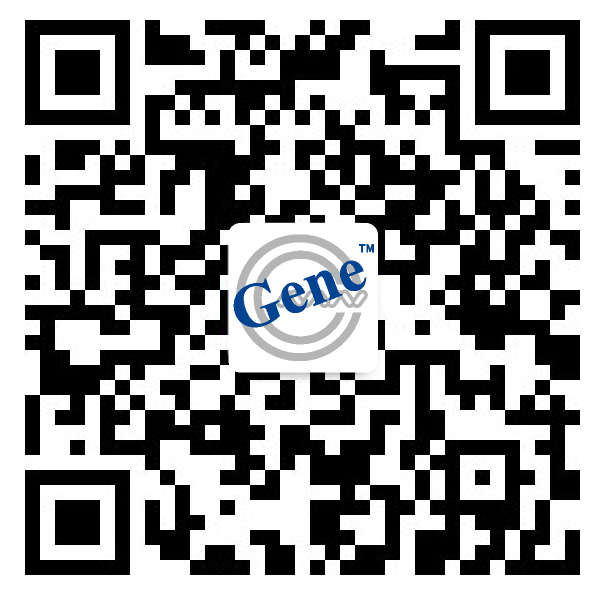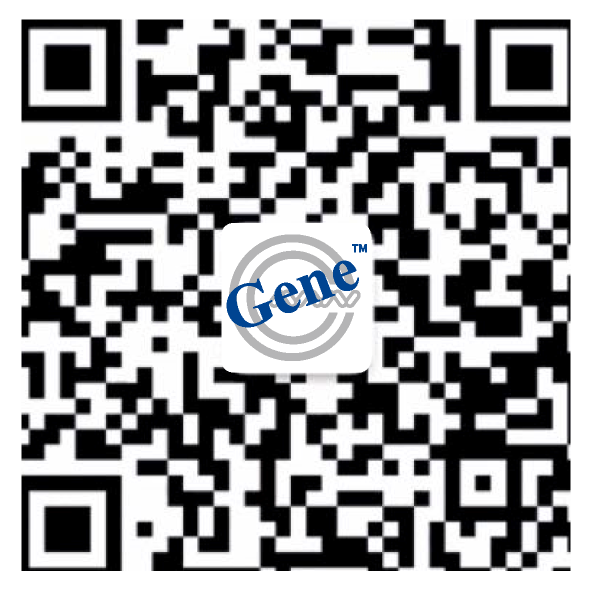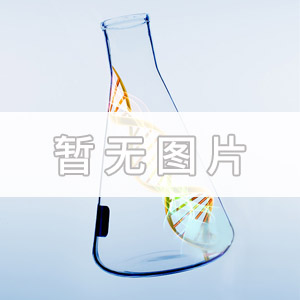详细描述:
IL-3 is a potent growth factor involved in a variety of cell activities such as cell growth, differentiation and apoptosis. It is involved in several biological responses such as proliferation and differentiation of a broad range of hematopoietic progenitor cells into erythrocytes, granulocytes, monocytes, megakaryocytic and mast cells. IL-3 also induces the production of several enzymes involved in cellular metabolism, differentiation, and DNA/RNA metabolism. IL-3 is produced by activated T-lymphocytes, keratinocytes, NK-cells, mast cells, endothelial cells and monocytes. The biological activity of IL-3 is mediated through a specific cell surface receptor that is composed of alpha and beta subunits. Alpha subunit is responsible for the binding and beta subunit transmits signals across the plasma membrane. IL-3 is known to activate three signalling pathways: JAK/STAT, RAS/RAF/MAP kinase, and the PI-3 kinase/PKB pathways. IL-3 is also implicated in the pathogenesis of several diseases such as asthma, atherosclerosis and multiple sclerosis. The recombinant protein has been widely used in clinical practice, in the treatment of leukemia and for therapy of patients with bone marrow deficiency function. Recombinant human IL-3 is produced in the endosperm tissue of barley grain (Hordeum vulgare), that exhibits up to 50 times less protease activity than E.coli or mammalian cells. Barley seed is void of any human or animal viral contaminants that could jeopardize your cell culture. Recombinant human IL-3 contains 133 amino acids and a 16 a.a. histidine-based tag for a total length of 149 a.a. and has a predicted molecular mass of 17.2 kDa. As a result of glycosylation, the recombinant protein migrates with an apparent molecular mass of 20-23 kDa in SDS-PAGE.



